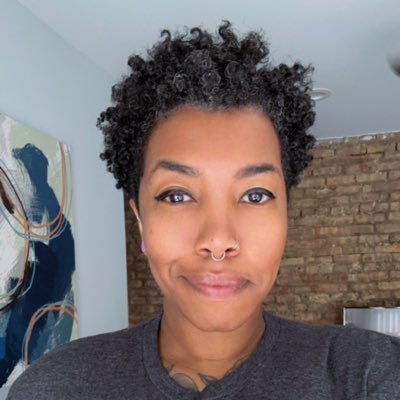
Eric Chen
@erico_cheny
Followers
706
Following
767
Media
155
Statuses
378
hacking on ai and 3d at stealth_startup | gradient ascending towards my life's work @MIT 2025
San Francisco, CA
Joined February 2023
Don't wanna be here?
Send us removal request.
Explore trending content on Musk Viewer
Flamengo
• 285318 Tweets
#いい推しの日
• 129342 Tweets
Gabigol
• 129291 Tweets
Eagles
• 112741 Tweets
#GHDBT9
• 89118 Tweets
Lions
• 88124 Tweets
Saquon
• 84986 Tweets
Bell
• 70566 Tweets
Bears
• 67457 Tweets
連休最終日
• 67085 Tweets
Branch
• 60507 Tweets
Cowboys
• 55934 Tweets
Packers
• 48397 Tweets
NASCAR
• 42486 Tweets
Nekfeu
• 33853 Tweets
Riquelme
• 28271 Tweets
Seahawks
• 26135 Tweets
Caleb
• 24424 Tweets
Rams
• 24218 Tweets
Gago
• 19715 Tweets
Geno
• 19605 Tweets
Sirianni
• 18684 Tweets
振替休日
• 17318 Tweets
Byron
• 16206 Tweets
Eberflus
• 14928 Tweets
Poles
• 13270 Tweets
Jordan Love
• 12128 Tweets
Stafford
• 12071 Tweets
Jags
• 11455 Tweets
Lanús
• 10554 Tweets
Last Seen Profiles
Hi I’m Eric. I’m 19.
I immigrated to the US 14 years ago. Lived in the NYC projects for 11 years.
This summer, I’ll be going to Silicon Valley to work at
@zoox
on driving tools for autonomous vehicles.
Today was my first day :)
4
4
57
Doing a deep dive into diffusion models. I’ll start by diffusing sine and cosine waves then work my way to building a text to 3d model from scratch.
Documenting everything in a series of jupyter notebooks. Let’s go.
Inspired by
@MajmudarAdam
6
0
30
Rode in the VH6 (aka the toaster looking vehicle) today
@zoox
. Excited to see where this goes 🙃.
1
1
5
@0xluffyb
For the longest time, I associated research with academia which I did not want to do.
Then I found out it's just reading, implementing stuff, and making changes to what you've built.
This is fun and not scary.
1
0
5
@CharlesLiu9
@onlychans1
@_yashkarthik
@ZSteven_
@albertlai631
@song_minjune
@freemanjiangg
@mayankja1n
@hud_zah
@sidyakinian
@edwardjxli
You guys r the best ❤️
@CharlesLiu9
@onlychans1
1
0
3
4. Reviewed backpropagation with this awesome video from
@3blue1brown
High level idea is how a tiny nudge in a neuron's weights and biases affect the network's output. We calculate this with the chain rule.
1
1
3
@sam_postelnik
Sam marketed the hell of out of this. Big reason y we got to 5000+ users.
Anybody looking for a product person who can code,
@sam_postelnik
is the person :)
0
0
1
Listening to
@naval
podcast on “How to Get Rich” every morning on my commute.
Learning foundations (ai, math) and becoming the type of person to attract luck (twitter, making friends with interesting ppl … etc) is gonna be the core focus of my summer.
0
1
3
@KrishivThakuria
Had a conversation about this today. Once you realize u can do anything, it’s quite empowering.
Takes a bit of rewiring to see this. Time to build :)
1
0
3
@sam_postelnik
@JosephKChoi
Love this. Andreessen’s perspective on career as a portfolio of jobs/opportunities is gold.
Makes u think more long term and willing to take risks
0
0
2
Hey
@scale_AI
I applied to the July 15 GenAI hackathon and this is why you shouldn’t accept me.
I used Gen AI for evil. Created a lil ai product
@sam_postelnik
called FGenEds (short for “fuck gen eds”) to help college students study less.
1
1
3
@thedanigrant
@davefontenot
I would love to go but the waitlist is full. Any chance of an open seat 🙃
1
0
1
#include
is pretty much like an import statement.
Need to figure out what a header file is.
Will report back after I get my first Raytraced scene.
Onto implementing matrix operations.
1
0
2




























































































